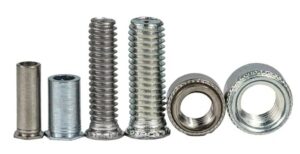
Avoiding Sheet Metal Hardware Headaches
Sheet metal hardware problems may seem small, but they often cause the most significant delays on the production floor. A loose screw, a stripped thread,
We regularly update articles related to the manufacturing industry.

Sheet metal hardware problems may seem small, but they often cause the most significant delays on the production floor. A loose screw, a stripped thread,

Sheet metal fabrication plays a significant role in Canada’s manufacturing world. It supports industries such as aerospace, defence, telecommunications, and medical equipment. This process turns
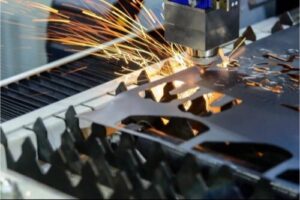
Meeting deadlines in manufacturing is never easy. Tight schedules, complex designs, and sudden changes in orders often push production teams to their limits. Many engineers
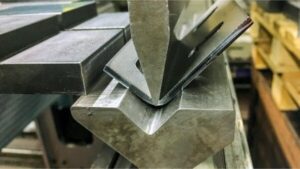
When designing or sourcing metal parts, engineers and manufacturers often face a key question: which production method best suits the project in terms of cost
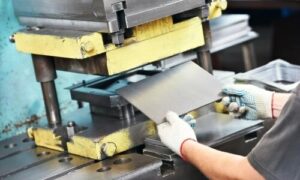
Low-volume manufacturing refers to the production of a small number of parts, typically ranging from a few dozen to a few thousand units. It serves as a bridge between prototyping and full-scale production. This process enables manufacturers to create genuine, usable parts without the significant investment or lengthy setup times typically required for mass production.
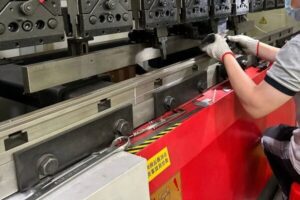
Meeting local standards is a key concern for companies that import or make sheet metal parts for the Australian market. Parts that do not meet
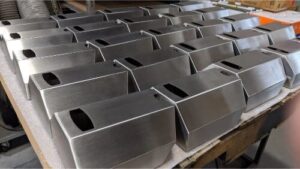
Medical devices must be reliable, easy to clean, and meet strict safety standards. Even a minor malfunction can jeopardize patient safety or result in costly
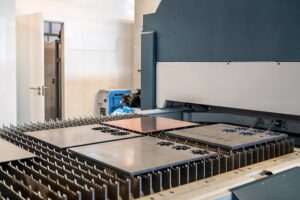
Rising fabrication costs can strain any project. These expenses often stem from material waste, inefficient designs, or slow production. High costs not only affect pricing
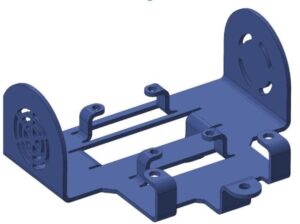
Controlling common sheet metal design pitfalls is one of the best ways to save time, reduce scrap, and produce parts that perform well. Design for
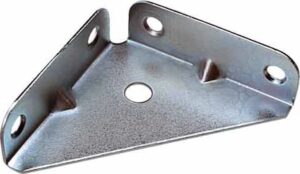
Many sheet metal assemblies encounter the same problems. Parts can be difficult to put together, joints may not hold well, and costs often go up.
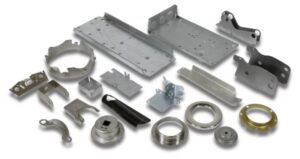
Sheet metal is used everywhere—from equipment panels to electronics enclosures. Yet many designs still face the same problems: higher costs, wasted material, and harder-to-assemble parts.
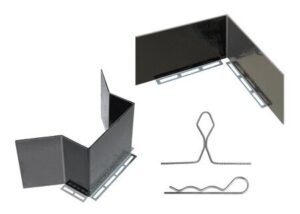
Designing sheet metal parts can be frustrating. Small mistakes in the design often waste materials, increase costs, and cause delays. Engineers and manufacturers frequently face
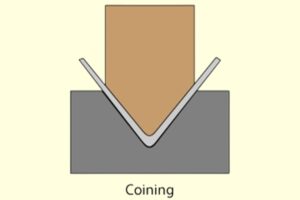
Metal coining is a forming process that uses high pressure to press metal into a die. The pressure makes the material flow into the die’s minor details, accurately capturing shapes, edges, and surface patterns. Since the process is below the metal’s recrystallization temperature, strain hardening strengthens the part.
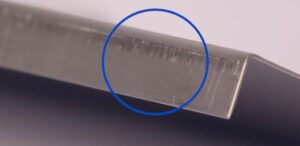
Sheet metal defects are common, but they can be identified and traced to their causes. With the right approach, these problems can be fixed. By knowing what to look for, you can reduce scrap, improve part quality, and keep production running smoothly. Using proper equipment and following consistent processes makes solutions more effective.
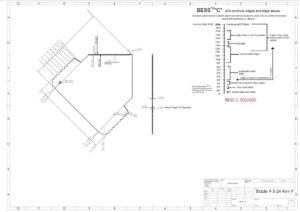
Sheet metal drawings are technical documents that show a part’s size, shape, and key features. They often list material type, thickness, and finish requirements. Depending on the project, these drawings can be in 2D or 3D. They provide precise cutting, bending, welding, and finishing instructions.

OEM metal fabrication is the process of making custom metal parts or assemblies based on a company’s design. It includes steps like cutting, bending, welding, and finishing. These parts are used in products bearing the OEM’s brand name. The main goal is to turn a digital file into a real, working part that meets quality and performance needs.
We will contact you within 1 working day, please pay attention to the email with the suffix”@goodsheetmetal.com”